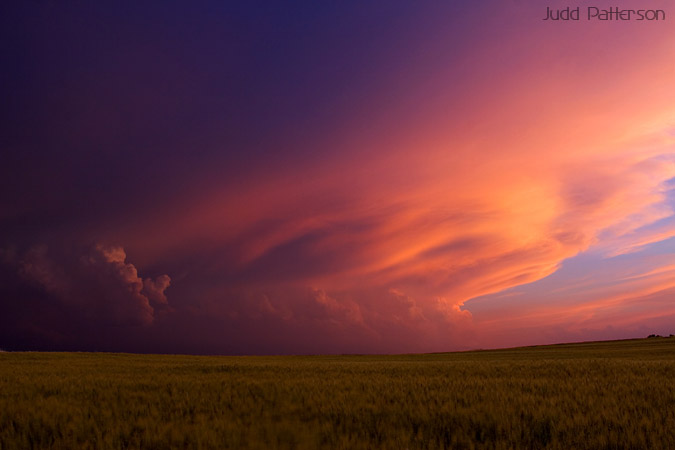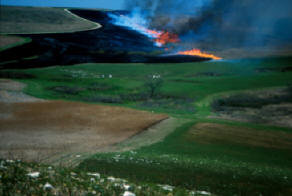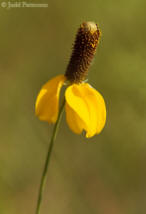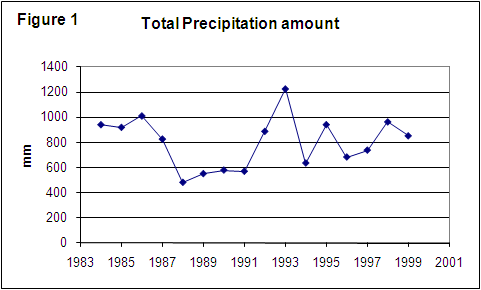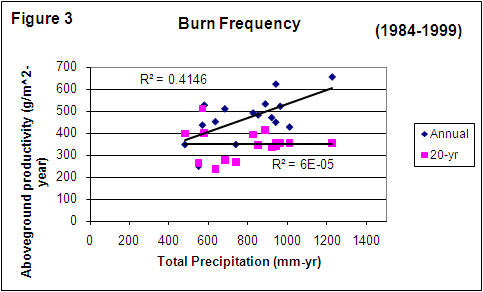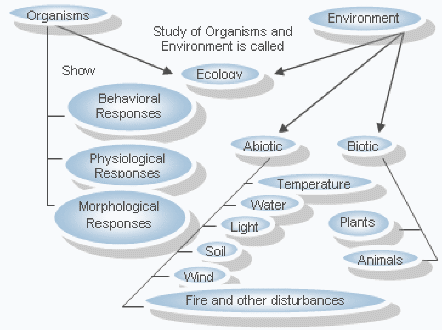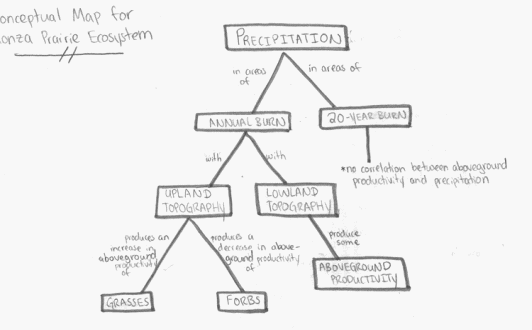Bio 320- Fundamentals of Ecology
Class Meeting Thurs., 10 January 2013
Announcements:
- Ecology News Items - bring them in, forward them to me - there is a surprising amount of ecology in the news...
- Like this, from today's Dgo Herald:
- Article published Jan 9,
2013
Endangered songbird gets break from the fedsSouthwest streams becoming protected habitat
Photo by: Arizona Game & Fish file photo/Associated Press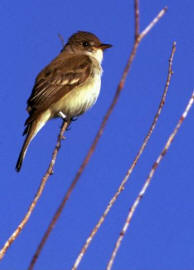 Nearly 209,000 acres were designated last week as critical habitat for the Southwestern willow flycatcher. The songbird, which has been spotted in Southwest Colorado, became a federally endangered species in 1995.
Nearly 209,000 acres were designated last week as critical habitat for the Southwestern willow flycatcher. The songbird, which has been spotted in Southwest Colorado, became a federally endangered species in 1995.
The Associated Press
PHOENIX – The U.S. Fish and Wildlife Service is designating almost 1,300 miles of streams in Arizona, New Mexico and four other states as protected habitat for the endangered Southwestern willow flycatcher.
The small, insect-eating songbird migrates to Mexico and Central America during winters and breeds in and around U.S. riparian areas. It became a federally endangered species in 1995.
The critical habitat covers nearly 209,000 acres but doesn’t automatically establish those areas as preserves. It does, however, ban destruction or “adverse modification” of these lands for projects conducted or authorized by the federal government. Adverse modification typically means activity that destroys the lands’ value for the endangered species.
The protected habitat also includes California, Colorado, Utah and Nevada along rivers including the Rio Grande, Gila, Virgin, Santa Ana and San Diego.
“Protection of critical habitat for this tiny, unique bird could make a crucial difference to its survival, and also gives urgently needed help to the Southwest’s beleaguered rivers,” said Noah Greenwald, endangered species director for the Tucson-based Center for Biological Diversity.
Full article: http://durangoherald.com/article/20130109/NEWS06/130109590/-1/News06/Endangered-songbird-gets-break-from-the-feds--
- Lab hand-outs, additional reading assignments, up-dated powerpoints... will all be posted in my O: drive (not usually on this website)
Today's objectives:
-
Investigate the concept of constraints on ecological systems, in terms of "scale of influence."
-
Introduce the use of concept maps in ecology to aid in our understanding of how complex systems function - one form of modeling in science.
Topic 1: Constraints in Ecological Systems -
Example: Annual Productivity of Tall Grass Prairie (Konza Prairie LTER)
Link to the Powerpoint we used in class to introduce this system / activity
- Pick up data (figures 1-5) from front of room: 1 set per group of ~4 students
- Konza Prairie Data Set Figures - link to figures (the figures are also included in the Powerpoint, AND are included on this page if you scroll down)
- You will use these data to address the question of what variables form important constraints on different components of the tall grass prairie ecosystem. Can these constraining variables be arranged in a hierarchical order, where one holds influence over the others?
- Introduction to the tall grass prairie ecosystem:
